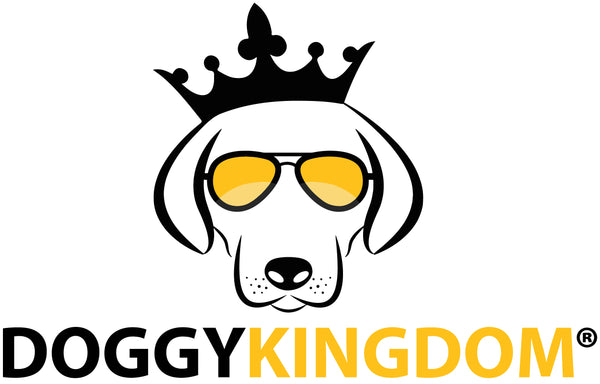Raw Food Diet for Dogs
Share
Feeding raw dog food has become a controversial topic for many pet owners. The return-to-natural viewpoint has become extremely popular with many owners feeding raw meat, fruits, bones, and vegetables. However, is a raw diet good for our dog?
History of the Raw Food Diet for Dogs
Feeding raw foods to a dog is not a new practice. For decades, sled dogs and racing greyhounds have dined on raw foods. However, feeding the family dog raw foods is relatively new. It was first proposed by an Australian veterinarian named Ian Billinghurst in 1993. He called the diet BARF (bones and raw food - biologically appropriate raw food).
Billinghurst believed that dogs thrived on foods that their ancient ancestors age such as raw bones, meat, and vegetables. He believed that gain-based commercial dog foods were harmful to a canine’s health.
Risks of feeding a Raw Food Diet
It should be noted that many veterinarians do disagree with Billinghurst. They believe that there are risks in feeding a raw food diet to dogs.
Potential risks:
- Unbalanced diet where the dog does not get sufficient vitamins and minerals which can lead to damage.
- Dangerous bacteria from the raw meat
- Choking hazard on the raw bones
- Possible internal punctures from bone shards
Benefits of a Raw Food Diet
The potential benefits of feeding Fido a raw food diet includes:
- Clean teeth
- Small stools
- Improved coat
- Greater energy
- Healthy skin
Popularity of Raw Food Diets
Nowadays, the popularity of raw food diets for dogs has increased substantially. You can now buy commercial processed raw foods for dogs that come frozen or freeze-dried. The blends contain meat, vegetables, vitamins, and grains.
Ingredients of a Raw Food Diet
A raw food diet should include:
- Muscle meat
- Organ meat such as kidneys and livers
- Bones (ground or whole)
- Apples and other fruits
- Vegetables such as broccoli, celery, and spinach
- Raw eggs
- Dairy such as yogurt
Raw Foods for Weight Management
Many owners turn to a raw food diet to manage their dog’s weight. Canine obesity has become a serious problem. A raw food diet is not a complete fix for your dog’s weight issues but it does help significantly. The calorie rich diet is easy to digest. You also feed smaller portions and the pooch appears more satisfied compared to commercial foods.
Dog kibbles are often carb-heavy which contributes to weight gain coupled with poor muscle development. A meat rich diet burns fats and provides balanced energy which makes a lazy dog more physically active.
A raw food diet for dogs might not be right for every pet and there are drawbacks. If you are considering switching your dog, you should consult with your veterinarian. Also, take the food transition slow so Fido’s system can adjust to the variations. Ultimately, you’ll have to weigh the benefits of a raw food diet to determine if it is the right choice for your pooch.




4 comments
I have fed raw since about 1993 and it is the best diet for dogs as far as I am concerned.
I have not had any issues and the vets are always surprised when they look at the blood work and find out the dog is raw fed.
Our 11 year old life female labradoodle has been on a raw diet since we got her at 6 weeks old. She is healthy, energetic & has a beautiful coat. Food has never really interested her, but we continue to add variety to her diet.
Feeding kibble, especially low end kibble, to dogs is equivalent to humans eating French fries all the time! Humans choose kibble for its convenience and that causes problems. It’s not hard to mix together (& cook up if desired) some ground beef, pork & chicken or turkey, mix in some veggies & some vitamins for your dog. Food is medicine!
I changed my Australian Shepards diet to raw food, without my vets advice, and she developed kidney stones. Was not one of my best choices, now she’s on a special kidney diet. Please consult your vet first.
I liked this article because it gave both sides of the BARF issue for our pets. The best advice at the very end was: “Consult with your veterinarian first.”